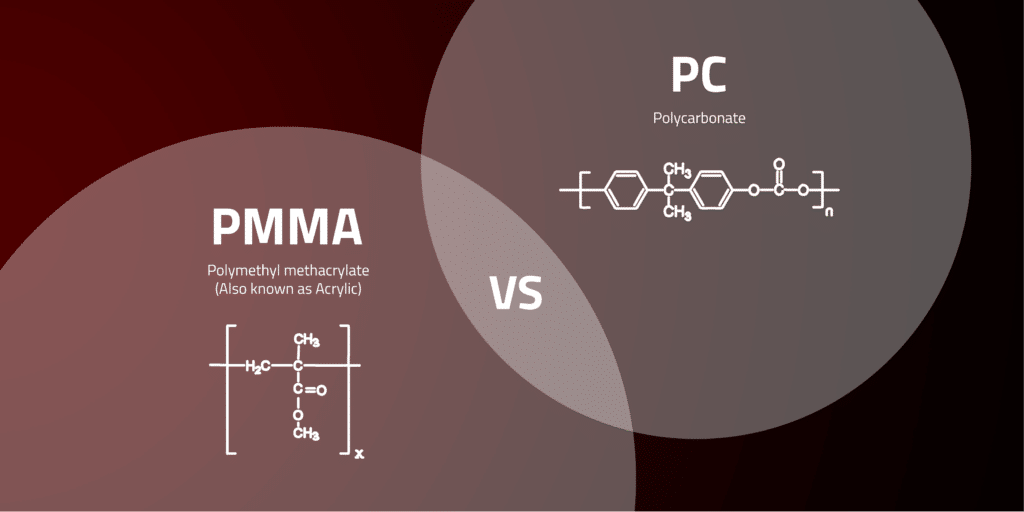Definition: Acryl
Acrylic, also known as polymethyl methacrylate (PMMA), is a versatile thermoplastic polymer that is extensively used in various industrial and consumer applications. With high transparency and excellent optical clarity, acrylic is often employed as an alternative to glass due to its light transmittance and durability. This polymer is known for its exceptional resistance to UV radiation and weathering, making it suitable for both indoor and outdoor applications. Moreover, acrylic is easy to machine, bond, and form, making it a favored choice in the manufacturing of various products, ranging from household items to complex industrial components.

Extruded or cast acrylic
When choosing between extruded or cast acrylic, it is crucial to consider the specific needs of the project. While cast acrylic offers superior clarity and thickness tolerance, extruded acrylic can be a cost-efficient option with higher levels of stress. Understanding these subtle differences can contribute to an informed material selection that aligns with the requirements of the application. For projects requiring high clarity and precise dimensions, cast acrylic may be an optimal choice, while extruded acrylic may be more suitable for applications where cost optimization plays a crucial role, with awareness of the extra care required during its processing.
Application of acrylic
Naast de toepassing als LED-lens wordt acryl veelvuldig gebruikt in de reclame-industrie, voor displays, bewegwijzering en diverse soorten verlichtingstoepassingen zoals LED- verlichting. Het wordt ook ingezet in de medische sector voor de productie van medische apparaten en apparatuur, dankzij zijn hygiënische eigenschappen en bio compatibiliteit. De unieke combinatie van eigenschappen van acryl, zoals krasbestendigheid, lichtgewicht en kleurvariaties, maakt het een onmisbare grondstof in de hedendaagse productie- en ontwerptoepassingen.
Acrylaat bij TRALERT
Acrylic is also used in various TRALERT® products, including various LED side marker lights, where acrylic is found in the lamp lens. These lamps are specially designed with a flexible rubber neck, ensuring a significantly extended lifespan. Additionally, the acrylic lens is also part of three of our LED marker lights, which stand out for their design without reflector. This strategic application of acrylic in our products not only emphasizes the versatility of this material but also the crucial role it plays in the innovative and functional designs of modern products.